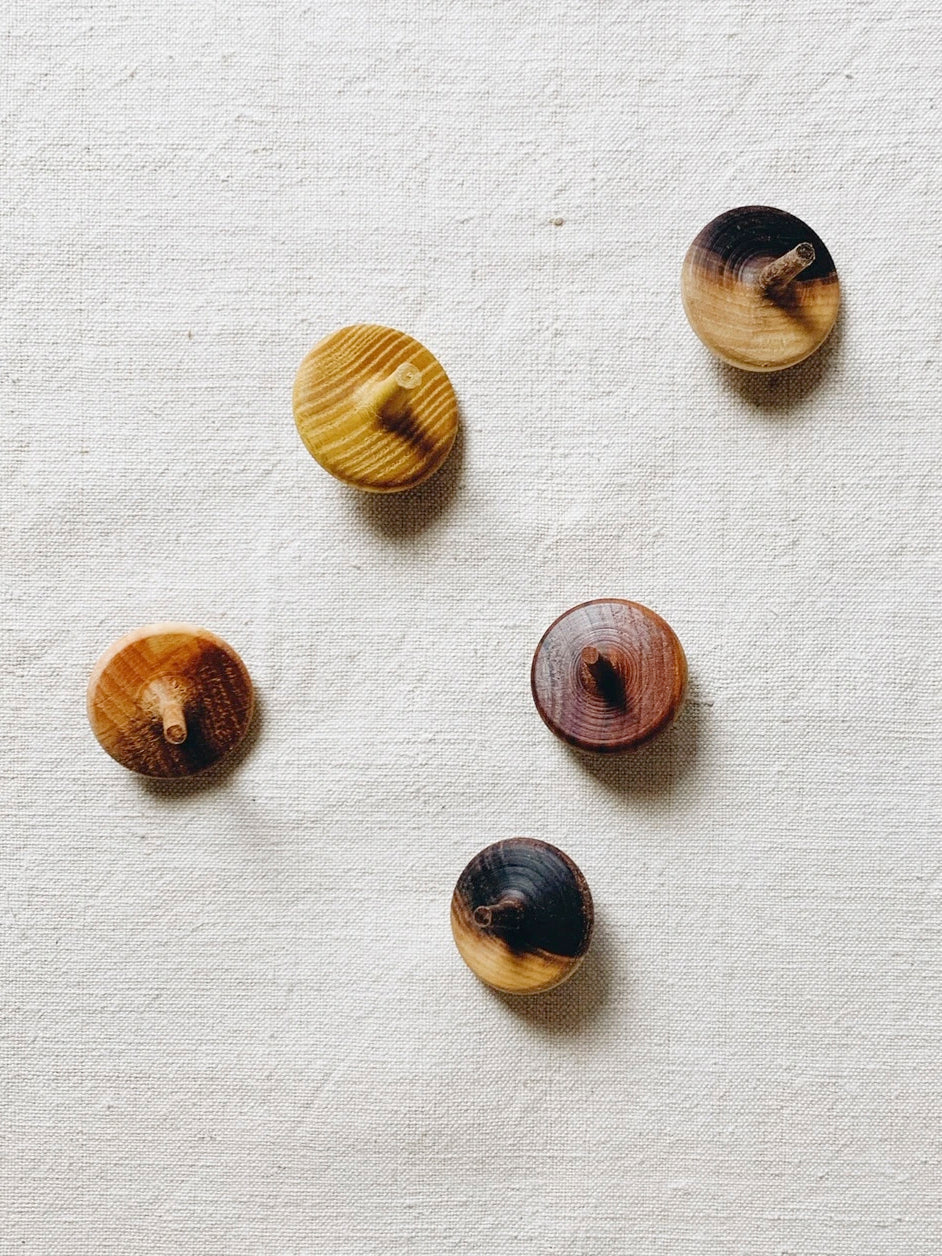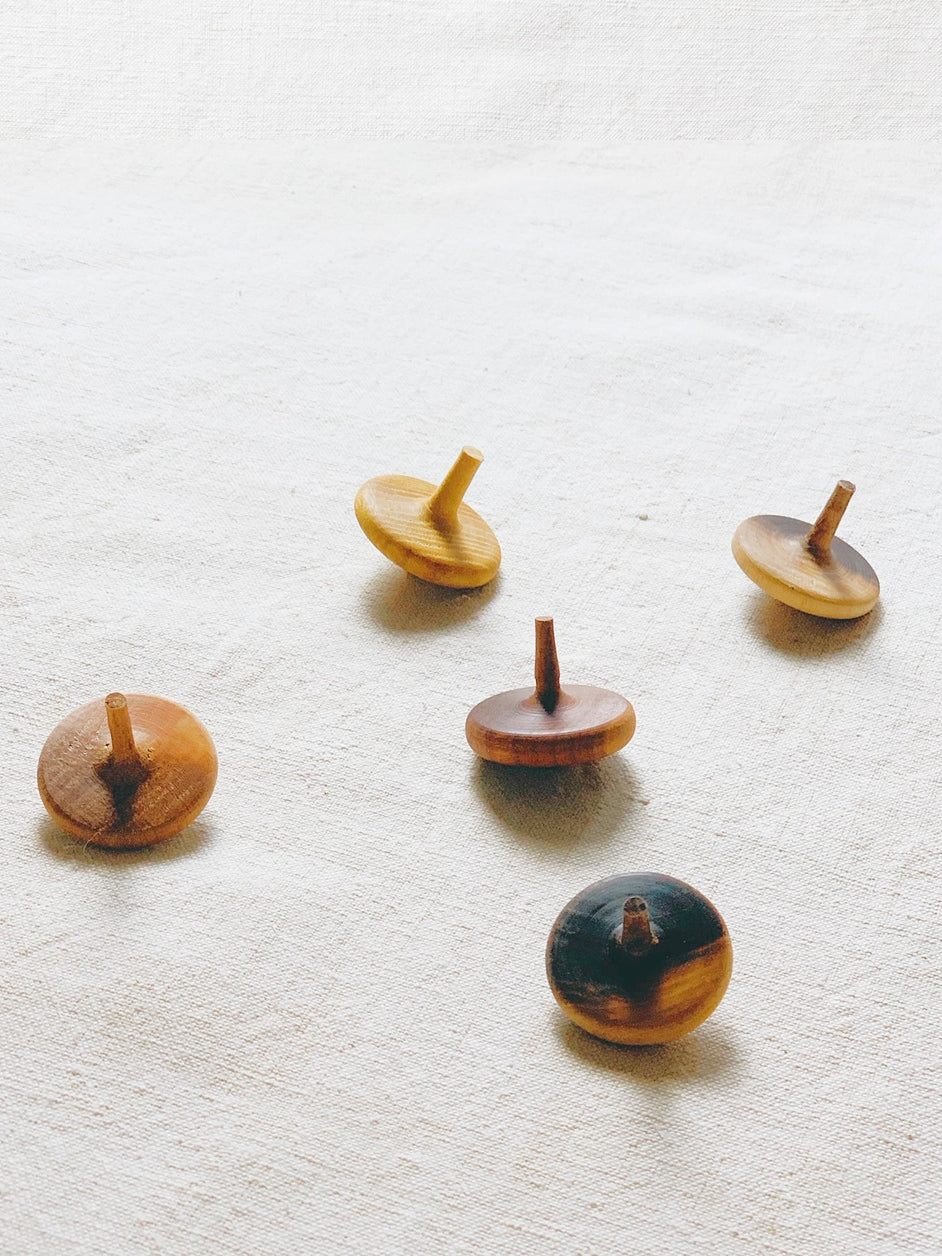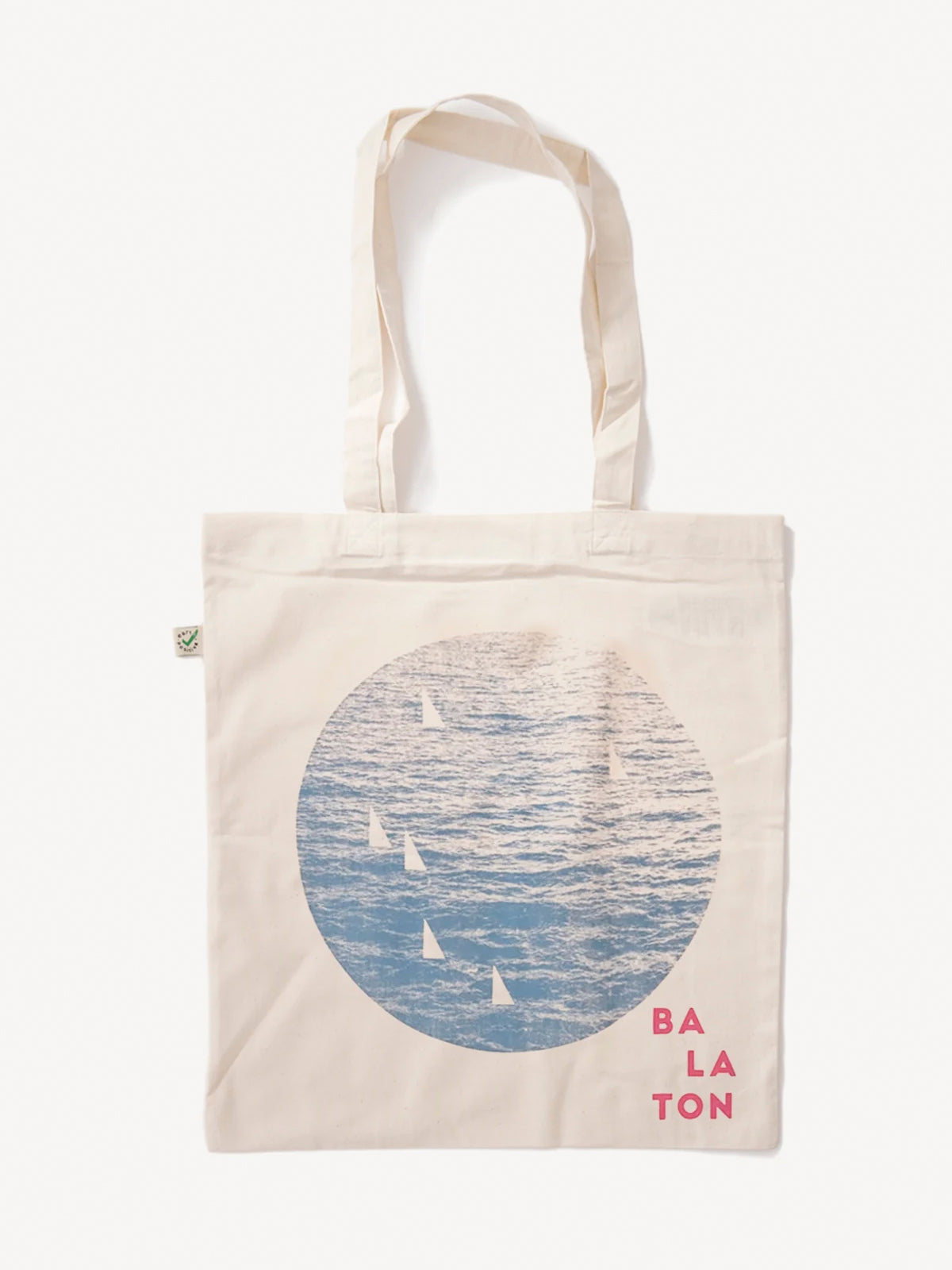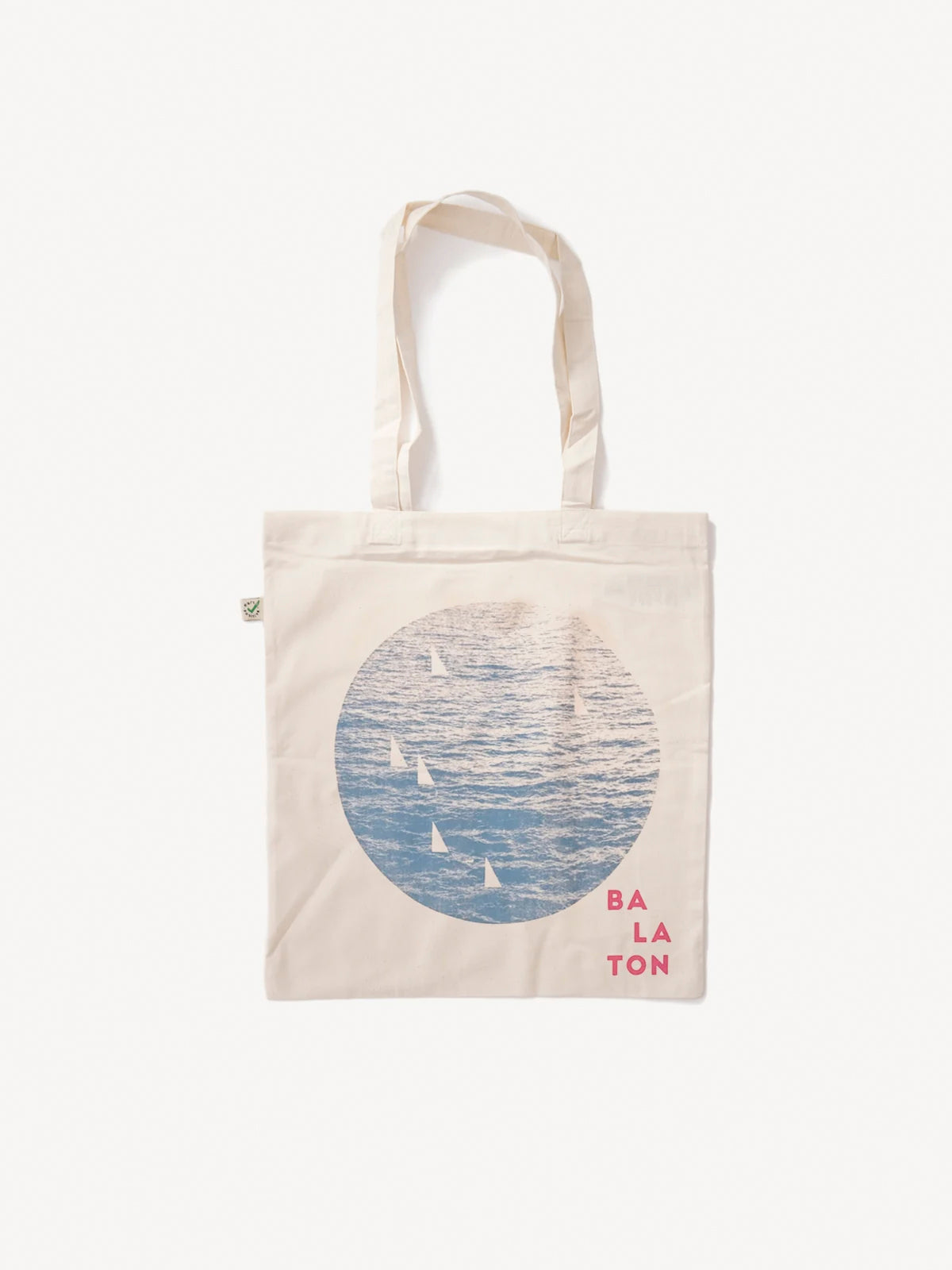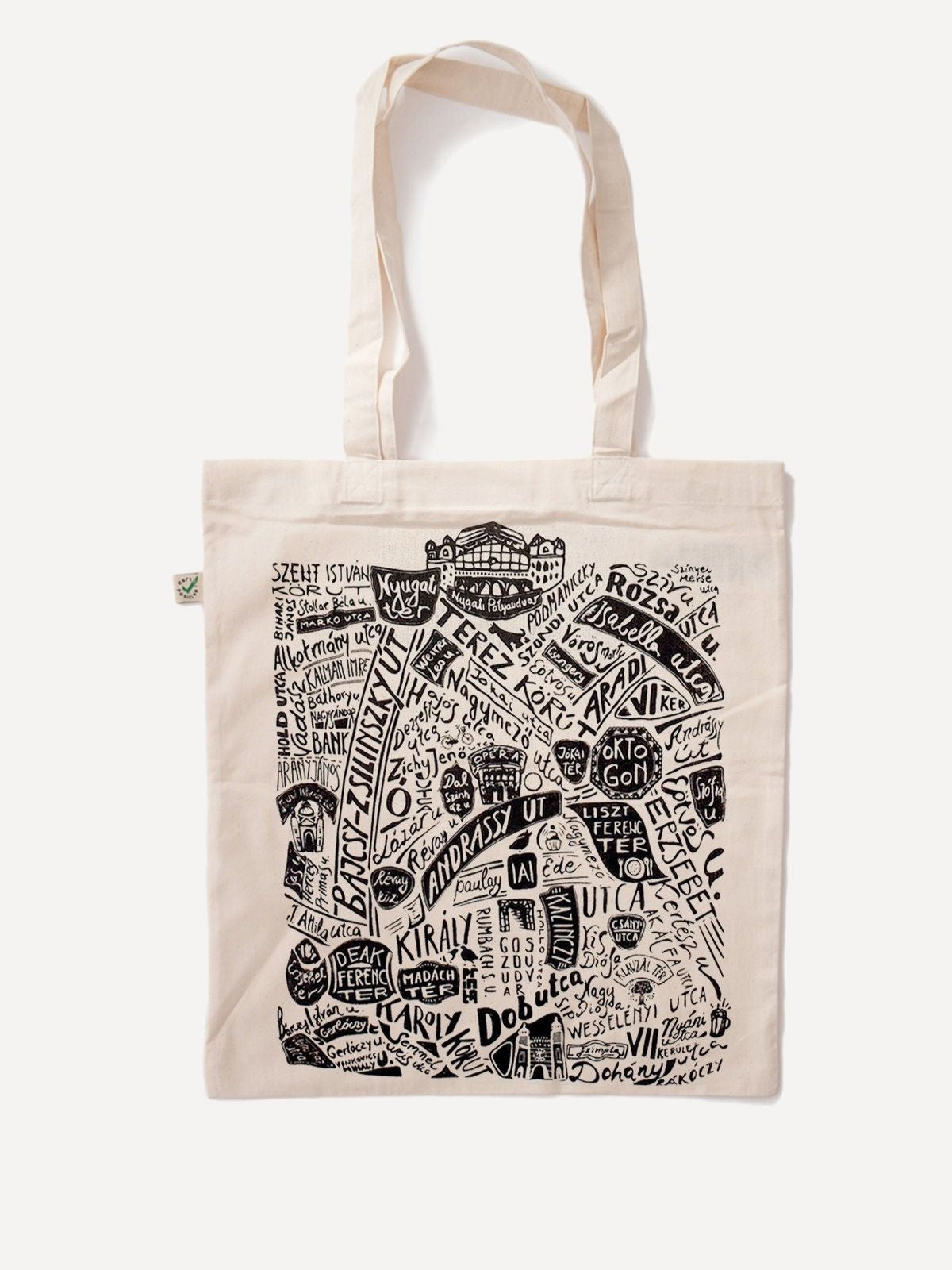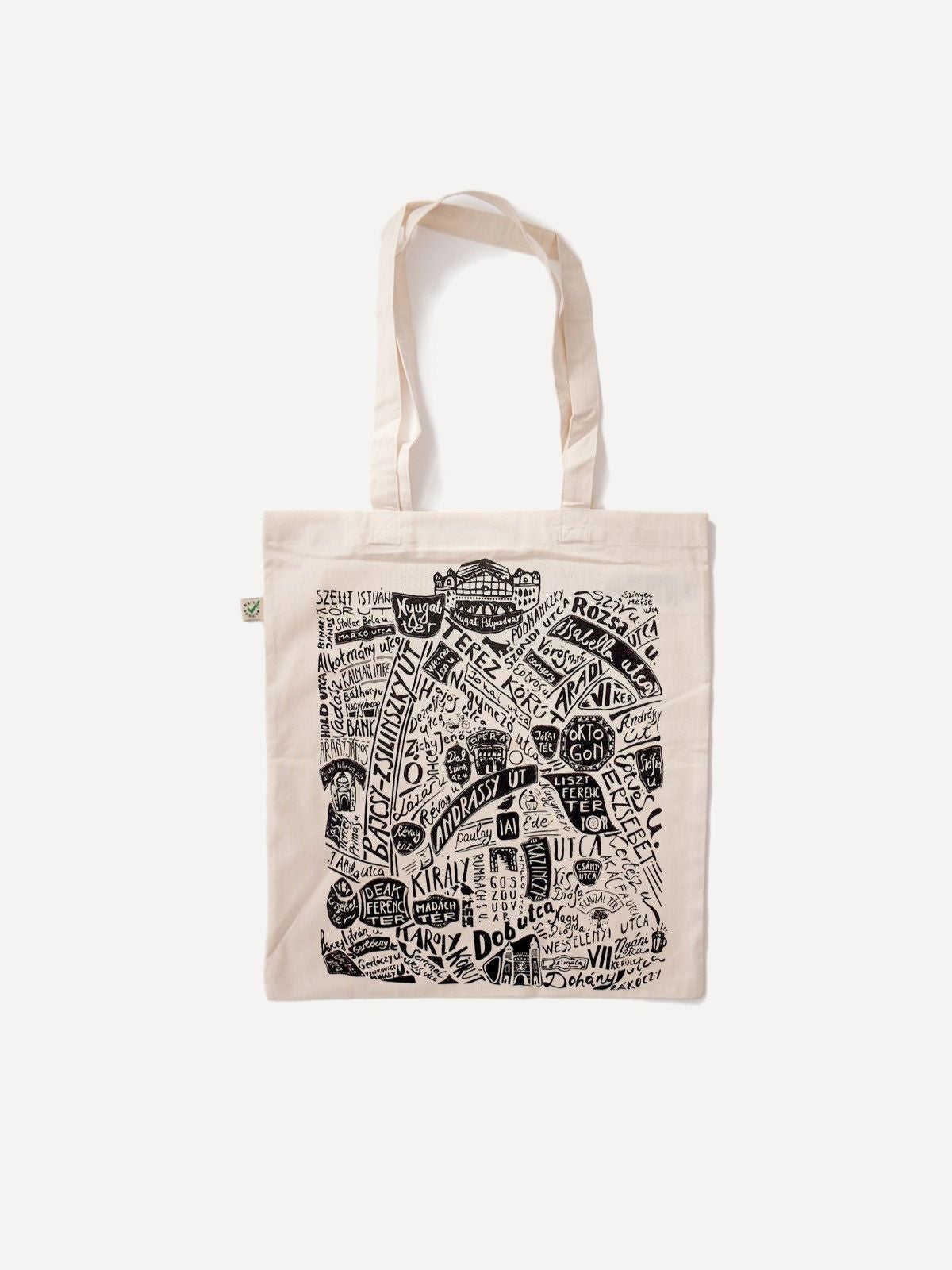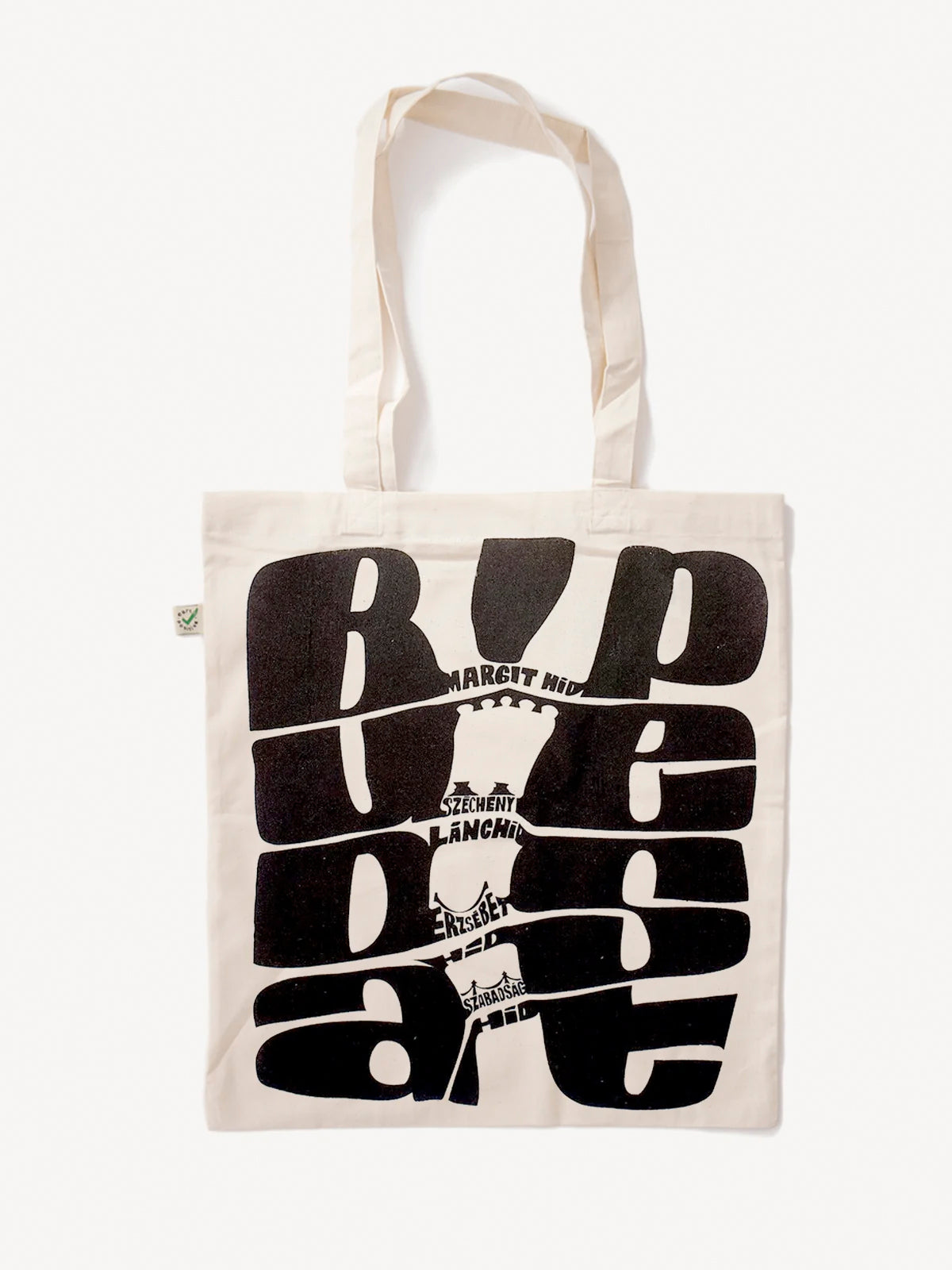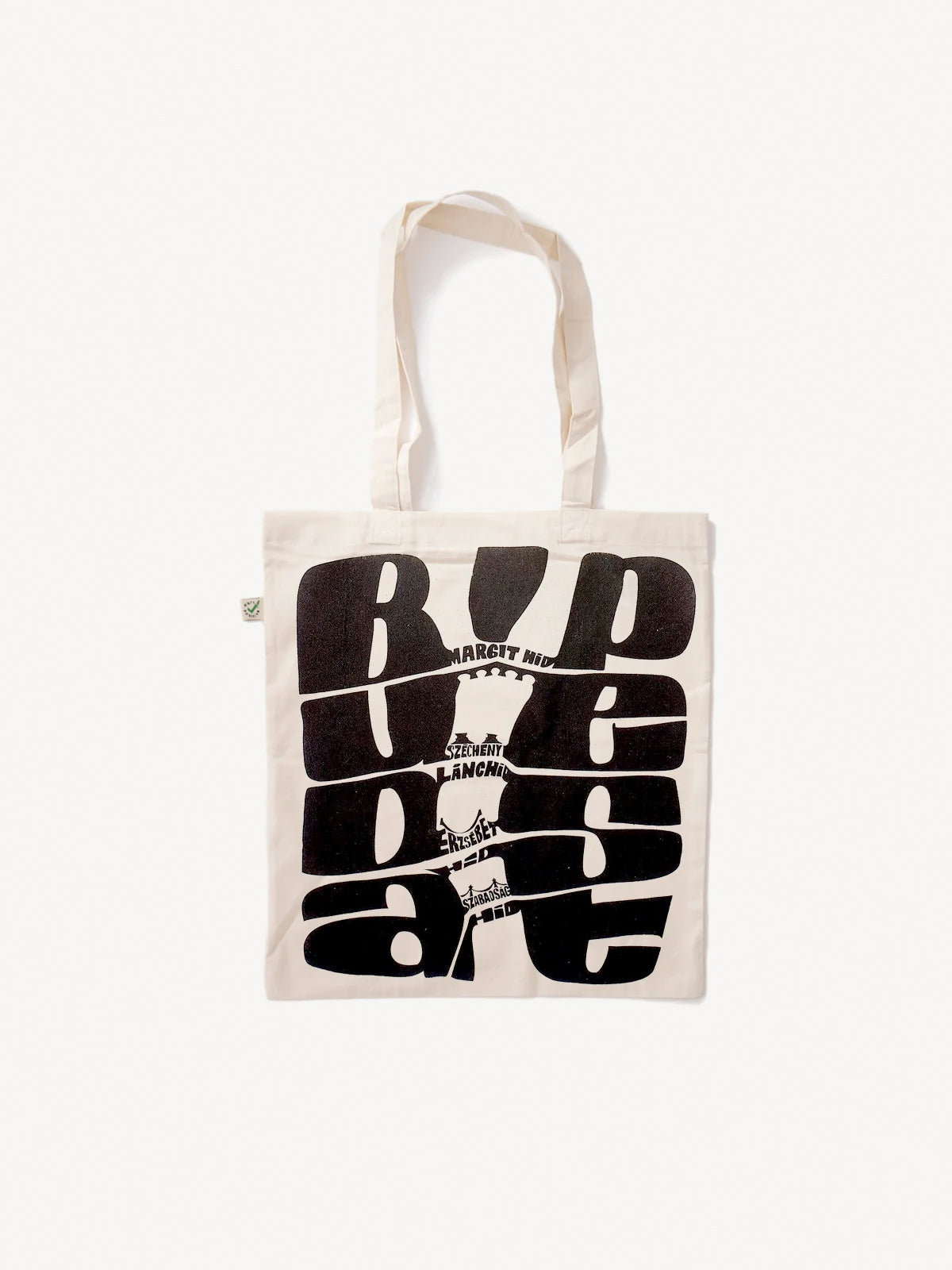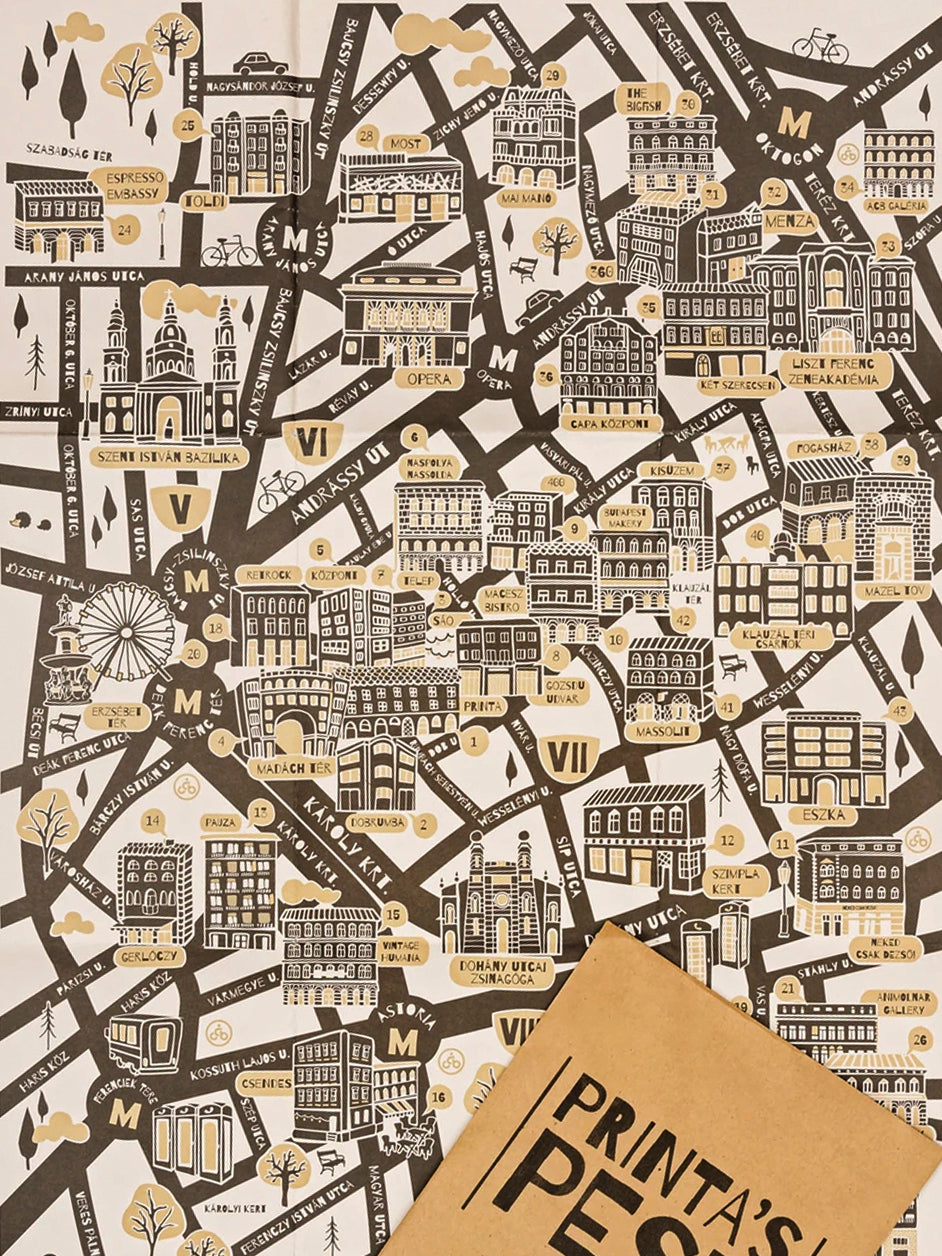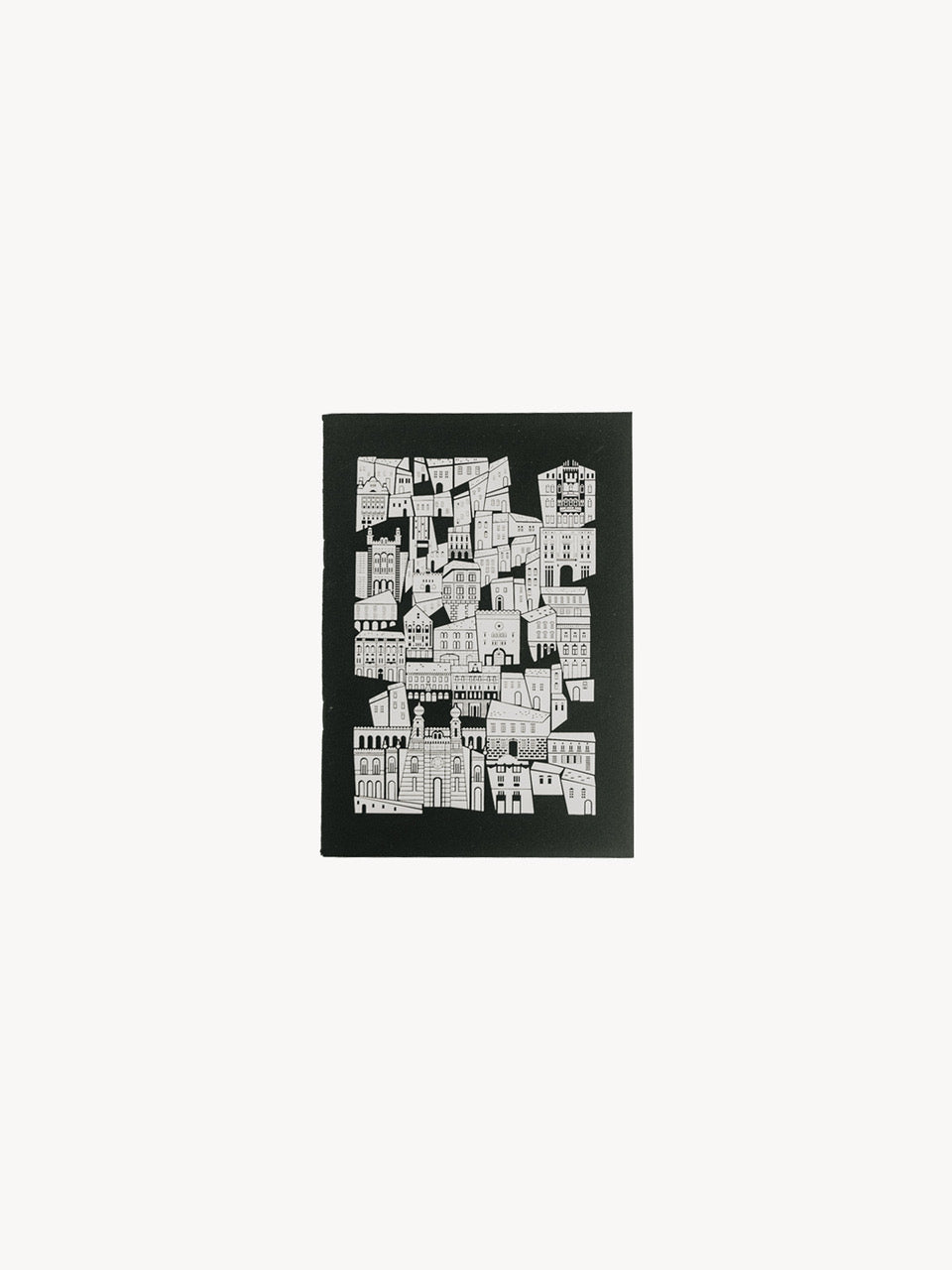One of the most common methods of using textile waste is recycling. The resulting fabric is used not only for fashion industry products, but also for any other textile or even as a filling material. While this is a useful way of turning a by-product waiting to be thrown away into a resource, there are some things that make this process difficult. This can be a problem, for example, if the material has been treated with different chemicals, mixed with other materials, or has received any other decorative elements. In an ideal circular system, the first thing to do is to preserve the quality of the material, this is where mono textiles come into play, which we also use at Printa in the form of natural linen and natural cotton.

Natural women's sweater with large pockets
Natural organic cotton overshirt jacket
ZW natural organic cotton vest
Natural organic cotton rubber slouchy women's pants
Slouchy pants in natural cotton canvas
What is mono textile?
A mono textile is a fabric that consists of only one type of fiber and is made up of one type of material. This is forward-looking in terms of sustainability, as an uncontaminated mono textile has a much higher chance of being successfully and easily recycled, and its afterlife can be solved much more simply. On such a material, individual decorative techniques are also more effective, for example laser cutting or needle punching methods, which can be used to add additional aesthetic value to the material without damaging it, reducing the chance of its recyclability.
The formula is actually quite simple: if a garment is made in such a way that the component parts of its material can be easily separated, then it will definitely be forward-looking in terms of sustainability.
Interesting fact: Dr Kate Goldsworthy's Mono Finishing project
Designer and textile researcher Dr Kate Goldsworthy investigated different decorative processes in a 2009 project. His goal was for the materials to be decorated, yet remain mono textiles, so as not to lose their recyclability.

Image source: http://www.kategoldsworthy.co.uk/mono-finishing-2009
Alternatives to mono textiles
Fortunately, in the fashion industry, more and more new inventions are constantly coming to light in order to reduce the use of petroleum-based or resource-intensive materials. One such discovery in recent years is, for example, Piñatex , which is made from cellulose fibers extracted from pineapple leaves, or hemp , which, although not new, is becoming more and more popular. There is also Mylo , which is a leather-like material produced from mushrooms, or AlgiKnit , a company that makes easily degradable yarn from seaweed.
In the field of elements used to decorate the garments, several novelties came to the fore, for example Bioglitter's degradable glitter made from eucalyptus or recycled PET sequins ( Sustainable Sequin Company ).
All in all, we can say that these are all great initiatives and innovations, but for now they are still in their infancy, their acquisition is expensive and difficult, so we will stick with our traditional and well-loved mono textiles.
Mono textiles at Printa
At Printa, we have prioritized mono textiles for a long time, not only because of their environmentally friendly properties, but also because of their natural aesthetics. In our case, we are talking about natural linen and natural cotton, the color of which is somewhere between white and beige, light creamy, neutral shades.

